Sunflower growing small spaces might seem like an impossible dream, especially if you’re picturing sprawling fields of golden giants. But guess what? I’m here to tell you that even with limited space, you can absolutely cultivate these cheerful blooms and bring a touch of sunshine to your balcony, patio, or even a sunny windowsill!
Sunflowers have a rich history, dating back to indigenous North American cultures who revered them for their beauty, nutritional value, and even medicinal properties. They’ve always symbolized adoration, longevity, and happiness – who wouldn’t want a little bit of that in their lives?
Now, you might be thinking, “Okay, that’s great, but why should *I* bother with sunflower growing small spaces?” Well, imagine stepping outside to a vibrant, sunny flower that you nurtured yourself. It’s a fantastic way to connect with nature, even in the heart of the city. Plus, it’s incredibly rewarding to watch these plants grow from tiny seeds into impressive blooms. And let’s be honest, who doesn’t love the idea of attracting pollinators like bees and butterflies to their little urban oasis?
This article is packed with DIY tricks and hacks specifically designed to help you succeed in growing sunflowers, even if you’re short on space. We’ll cover everything from choosing the right varieties and containers to maximizing sunlight and preventing common problems. So, get ready to unleash your inner gardener and transform your small space into a sunflower paradise!
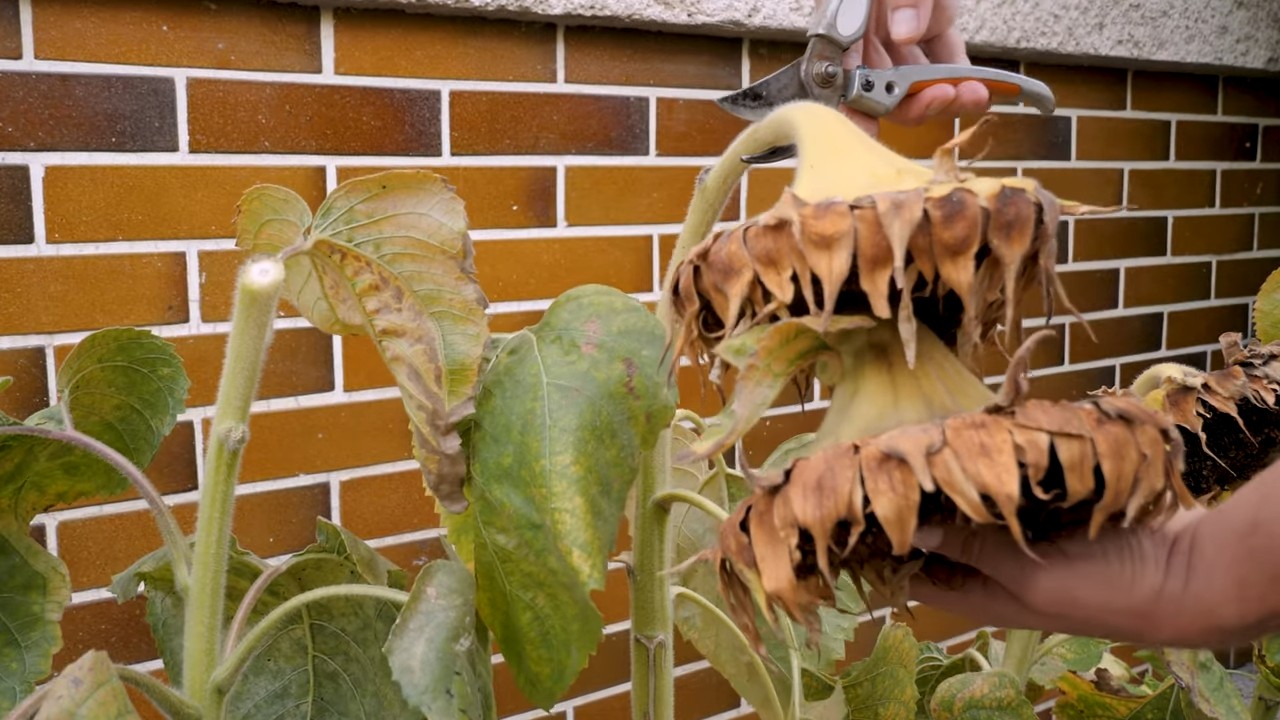
“`html
Growing Sunflowers in Small Spaces: A DIY Guide
Okay, so you’re dreaming of sunny sunflowers but short on space? Don’t worry, I’ve got you covered! You absolutely *can* grow these beauties even if you only have a balcony, patio, or tiny garden. It’s all about choosing the right varieties and using a few clever techniques. Let’s dive in!
Choosing the Right Sunflower Variety
The first, and arguably most important, step is selecting a sunflower variety that won’t tower over your limited space. Forget the mammoth types that reach 12 feet tall! We’re looking for dwarf or compact varieties. Here are a few of my favorites:
* ‘Teddy Bear’: These are super cute, fluffy, and only grow to about 2-3 feet tall. They’re perfect for containers.
* ‘Elf’: Even smaller than ‘Teddy Bear,’ ‘Elf’ sunflowers typically reach just 1-2 feet in height.
* ‘Little Becka’: This variety offers beautiful bi-colored blooms (yellow and red) and stays around 3-4 feet tall.
* ‘Pacino’: Another compact option, ‘Pacino’ sunflowers produce multiple smaller blooms on a single plant and reach about 2 feet.
* ‘Sundance Kid’: A vibrant, early-blooming variety that stays under 3 feet.
When you’re buying seeds, always check the plant height information on the seed packet. This will save you from any surprises later on!
Gathering Your Supplies
Before we get our hands dirty, let’s make sure we have everything we need. Here’s a checklist:
* Sunflower seeds: Of course! Choose your dwarf or compact variety.
* Potting mix: Use a high-quality potting mix that drains well. Don’t use garden soil, as it can compact in containers.
* Containers: Choose pots that are at least 12 inches in diameter and depth. Bigger is generally better, as it gives the roots more room to grow.
* Drainage: Make sure your containers have drainage holes! Sunflowers don’t like soggy roots.
* Watering can or hose: For watering your sunflowers.
* Fertilizer: A balanced liquid fertilizer (like 10-10-10) will help your sunflowers thrive.
* Stakes (optional): For extra support, especially if you live in a windy area.
* Trowel or small shovel: For planting the seeds.
* Gloves (optional): To keep your hands clean.
Planting Your Sunflower Seeds
Now for the fun part! Let’s get those seeds in the ground (or, rather, in the pot).
1. Fill your containers with potting mix: Leave about an inch or two of space at the top of the pot.
2. Moisten the soil: Water the potting mix thoroughly until it’s evenly moist, but not soggy.
3. Plant the seeds: Sow the sunflower seeds about 1 inch deep and 6-8 inches apart. If you’re using a smaller pot, you might only plant one seed per pot.
4. Cover the seeds: Gently cover the seeds with potting mix.
5. Water again: Water lightly to settle the soil.
6. Find a sunny spot: Place your containers in a location that receives at least 6-8 hours of direct sunlight per day. This is crucial for sunflower growth!
Caring for Your Sunflowers
Once your sunflowers have sprouted, it’s important to provide them with the right care to ensure they grow strong and healthy.
1. Watering: Water your sunflowers regularly, especially during hot, dry weather. The soil should be consistently moist, but not waterlogged. Check the soil moisture by sticking your finger about an inch into the soil. If it feels dry, it’s time to water.
2. Fertilizing: Feed your sunflowers with a balanced liquid fertilizer every 2-3 weeks. Follow the instructions on the fertilizer label.
3. Support: As your sunflowers grow taller, they may need some support, especially if they’re in a windy location. Use stakes to gently tie the stems to prevent them from bending or breaking.
4. Pest control: Keep an eye out for pests like aphids, snails, and slugs. You can usually control these pests with organic methods, such as hand-picking them off the plants or using insecticidal soap.
5. Deadheading: Once the flowers have finished blooming, you can deadhead them by cutting off the spent flower heads. This will encourage the plant to produce more blooms.
Troubleshooting Common Problems
Even with the best care, you might encounter a few problems along the way. Here are some common issues and how to address them:
* Leggy growth: If your sunflowers are tall and spindly with few leaves, they’re probably not getting enough sunlight. Move them to a sunnier location.
* Yellowing leaves: Yellowing leaves can be a sign of overwatering or underwatering. Check the soil moisture and adjust your watering accordingly. It could also be a nutrient deficiency, so try fertilizing.
* Drooping: Drooping can be caused by lack of water, excessive heat, or root rot. Make sure you’re watering properly and that your containers have good drainage.
* Lack of blooms: If your sunflowers aren’t blooming, they might not be getting enough sunlight or fertilizer. Make sure they’re in a sunny location and fertilize regularly.
Maximizing Your Small Space Sunflower Garden
Okay, so we’ve covered the basics. Now let’s talk about how to really maximize your small space sunflower garden.
* Vertical gardening: Consider using trellises or other vertical structures to support your sunflowers and save space. You can even grow vining plants like beans or cucumbers alongside your sunflowers.
* Succession planting: Plant sunflower seeds every few weeks to extend the blooming season. This way, you’ll have a continuous supply of sunny blooms throughout the summer.
* Companion planting: Plant sunflowers alongside other beneficial plants, such as marigolds, which can help deter pests.
* Container placement: Arrange your containers strategically to maximize sunlight exposure. Place taller containers in the back and shorter containers in the front.
* Watering techniques: Water deeply and less frequently, rather than shallowly and often. This encourages the roots to grow deeper, making the plants more drought-tolerant.
Harvesting Sunflower Seeds (Optional)
If you’re growing sunflowers for their seeds, here’s how to harvest them:
1. Wait for the flower head to droop: Once the flower head starts to droop and the back of the head turns brown, it’s time to harvest the seeds.
2. Protect the flower head: Cover the flower head with a paper bag or cheesecloth to protect it from birds and squirrels.
3. Cut the flower head: Cut the flower head off the stem, leaving about a foot of stem attached.
4. Dry the flower head: Hang the flower head upside down in a dry, well-ventilated place for several weeks until the seeds are completely dry.
5. Remove the seeds: Once the flower head is dry, you can remove the seeds by rubbing the flower head with your hands or a brush.
6. Store the seeds: Store the seeds in an airtight container in a cool, dry place.
Enjoying Your Sunflowers
The best part of growing sunflowers is, of course, enjoying their beauty! Cut the blooms for bouquets, admire them in your garden, and watch the bees and butterflies that they attract. Sunflowers are a wonderful addition to any small space garden.
Growing sunflowers in small spaces is totally achievable with the right planning and care. So, grab some seeds, get your hands dirty, and enjoy the sunshine! I hope this guide helps you create a beautiful and thriving sunflower garden, no matter how small your space may be. Happy gardening!
“`
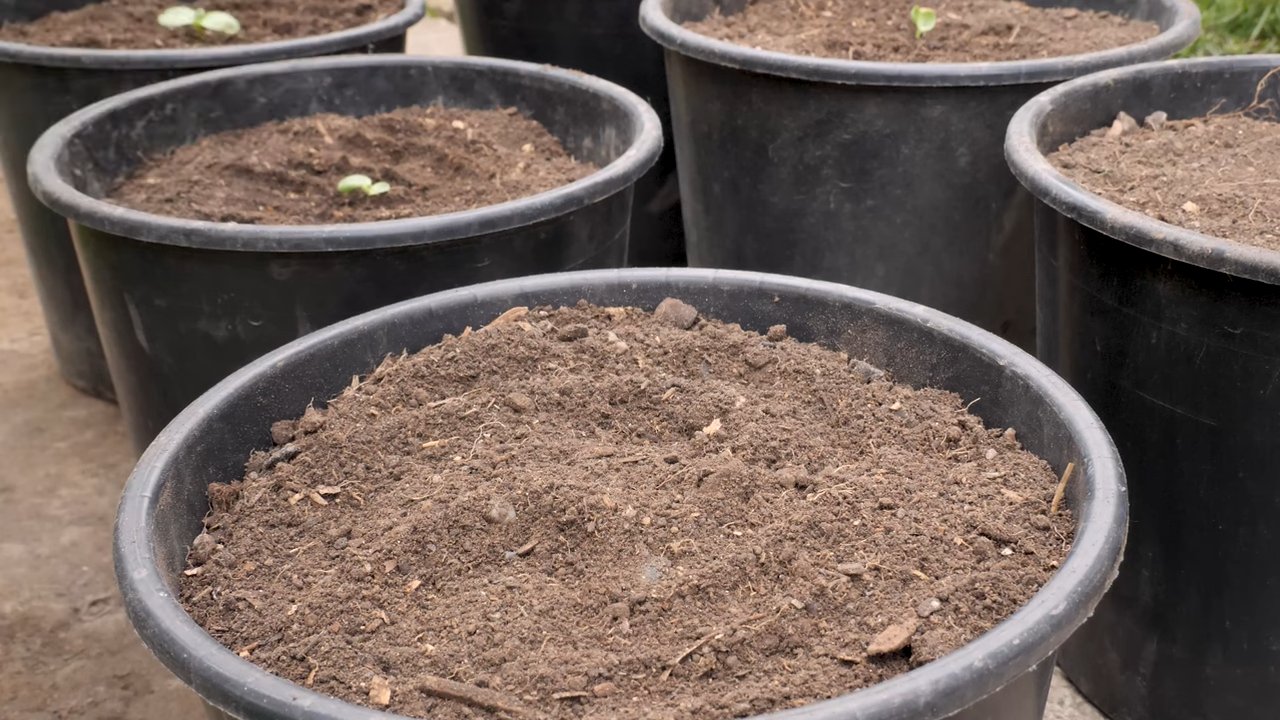
Conclusion
So, there you have it! Growing sunflowers in small spaces isn’t just a whimsical dream; it’s an achievable reality with a little planning and the right techniques. We’ve explored how to select the perfect dwarf varieties, optimize container size and soil composition, and provide the essential sunlight and support these sunny giants need to thrive, even on a tiny balcony or patio.
But why should you bother? Beyond the sheer joy of witnessing these miniature suns bloom in your limited space, growing sunflowers offers a unique connection to nature, a splash of vibrant color, and even a potential source of delicious seeds. It’s a rewarding experience that proves you don’t need acres of land to cultivate beauty and bounty.
This DIY trick is a must-try because it empowers you to transform even the smallest outdoor area into a thriving garden. Imagine stepping onto your balcony each morning, greeted by the cheerful faces of your own homegrown sunflowers. Think of the satisfaction of harvesting seeds for snacking or sharing with friends. And consider the environmental benefits of attracting pollinators to your urban oasis.
This is more than just gardening; it’s about creating a little piece of sunshine in your life.
Ready to take your sunflower growing to the next level? Consider these variations:
* **Succession Planting:** Plant seeds every few weeks to enjoy a continuous bloom throughout the growing season.
* **Companion Planting:** Surround your sunflowers with herbs like basil or rosemary to deter pests and enhance their growth.
* **Vertical Gardening:** Train your sunflowers to climb a trellis or fence for a stunning vertical display.
* **Edible Delights:** Don’t forget to harvest and roast the sunflower seeds for a healthy and delicious snack. You can also use the young flower buds like artichokes.
* **Creative Containers:** Experiment with different container materials and designs to complement your outdoor space. Think repurposed buckets, woven baskets, or even old tires painted in bright colors.
We’re confident that with the knowledge you’ve gained, you’re well-equipped to embark on your own sunflower-growing adventure. So, grab your seeds, prepare your containers, and get ready to witness the magic unfold.
We encourage you to try this DIY trick and share your experience with us! Post photos of your sunflowers on social media using #SmallSpaceSunflowers and tag us so we can celebrate your success. Let’s inspire others to embrace the joy of gardening, no matter how limited their space may be. We can’t wait to see your beautiful blooms!
Frequently Asked Questions (FAQ)
Q: What are the best sunflower varieties for small spaces?
A: The key is to choose dwarf or compact varieties that won’t outgrow your container. Some excellent options include ‘Teddy Bear’ (fluffy, double blooms), ‘Elf’ (very short and bushy), ‘Little Becka’ (bi-colored petals), ‘Sunny Smile’ (classic yellow sunflower on a compact plant), and ‘Pacino’ (early bloomer with large flowers). Always check the mature height of the variety before planting to ensure it’s suitable for your space.
Q: What size container do I need for growing sunflowers in small spaces?
A: The ideal container size depends on the specific variety you’re growing. However, a general rule of thumb is to use a pot that is at least 12 inches in diameter and 12 inches deep for dwarf varieties. Larger dwarf varieties may benefit from a 5-gallon container or larger. Make sure the container has drainage holes to prevent waterlogging.
Q: What type of soil is best for sunflowers in containers?
A: Sunflowers thrive in well-draining, nutrient-rich soil. A good potting mix specifically formulated for containers is ideal. You can also amend regular potting soil with compost or other organic matter to improve drainage and fertility. Avoid using garden soil, as it can be too heavy and compact in containers.
Q: How much sunlight do sunflowers need when grown in small spaces?
A: Sunflowers are sun-loving plants and need at least 6-8 hours of direct sunlight per day to thrive. Place your container in the sunniest spot on your balcony or patio. If you don’t have enough natural sunlight, you can supplement with grow lights. Rotate the container regularly to ensure all sides of the plant receive adequate sunlight.
Q: How often should I water sunflowers in containers?
A: Water your sunflowers regularly, especially during hot and dry weather. Check the soil moisture by sticking your finger about an inch into the soil. If it feels dry, it’s time to water. Water deeply until water drains out of the drainage holes. Avoid overwatering, as this can lead to root rot.
Q: Do sunflowers in containers need fertilizer?
A: Yes, sunflowers in containers benefit from regular fertilization. Use a balanced liquid fertilizer diluted to half strength every 2-3 weeks during the growing season. You can also incorporate slow-release fertilizer granules into the potting mix at planting time. Avoid over-fertilizing, as this can lead to leggy growth.
Q: How do I support sunflowers in containers?
A: Even dwarf sunflowers can become top-heavy when their flowers bloom. Provide support by staking the plant with bamboo stakes or using a small trellis. Tie the stem loosely to the stake with soft twine or plant ties. This will prevent the plant from toppling over in windy conditions.
Q: How do I protect sunflowers from pests and diseases in small spaces?
A: Monitor your sunflowers regularly for signs of pests and diseases. Common pests include aphids, spider mites, and snails. You can control these pests with insecticidal soap, neem oil, or by handpicking them off the plants. Diseases like powdery mildew can be prevented by ensuring good air circulation and avoiding overhead watering.
Q: When should I harvest sunflower seeds from my container-grown plants?
A: The best time to harvest sunflower seeds is when the back of the flower head turns brown and the petals begin to dry and fall off. You can also test the seeds by gently rubbing the flower head. If the seeds come out easily, they’re ready to harvest. Cut the flower head off the stem and hang it upside down in a dry, well-ventilated place to dry completely. Once the seeds are dry, you can easily remove them by rubbing the flower head.
Q: Can I grow sunflowers indoors in small spaces?
A: While it’s possible to start sunflower seeds indoors, they generally need a lot of direct sunlight to thrive, which can be difficult to provide indoors. If you want to try growing sunflowers indoors, choose a very sunny location and supplement with grow lights. Be sure to choose the smallest dwarf varieties available.
Q: What if my sunflowers don’t bloom?
A: Several factors can prevent sunflowers from blooming, including insufficient sunlight, overwatering, under-fertilizing, or pest infestations. Make sure your plants are getting at least 6-8 hours of direct sunlight per day, are watered properly, and are fertilized regularly. Check for pests and diseases and take appropriate action. If you’ve addressed all these factors and your sunflowers still aren’t blooming, it may be due to the specific variety or environmental conditions.
Q: Can I save seeds from my container-grown sunflowers to plant next year?
A: Yes, you can save seeds from your container-grown sunflowers to plant next year. However, keep in mind that hybrid varieties may not produce true-to-type seeds. To save seeds, allow the flower head to dry completely on the plant. Once the seeds are dry, remove them from the flower head and store them in an airtight container in a cool, dry place.

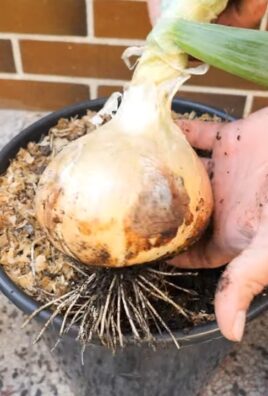
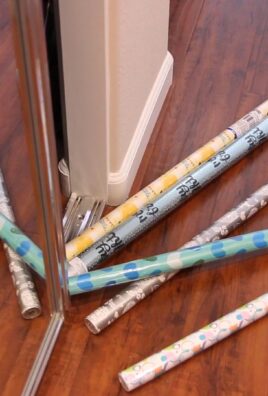
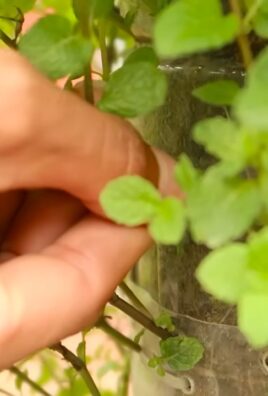
Leave a Comment